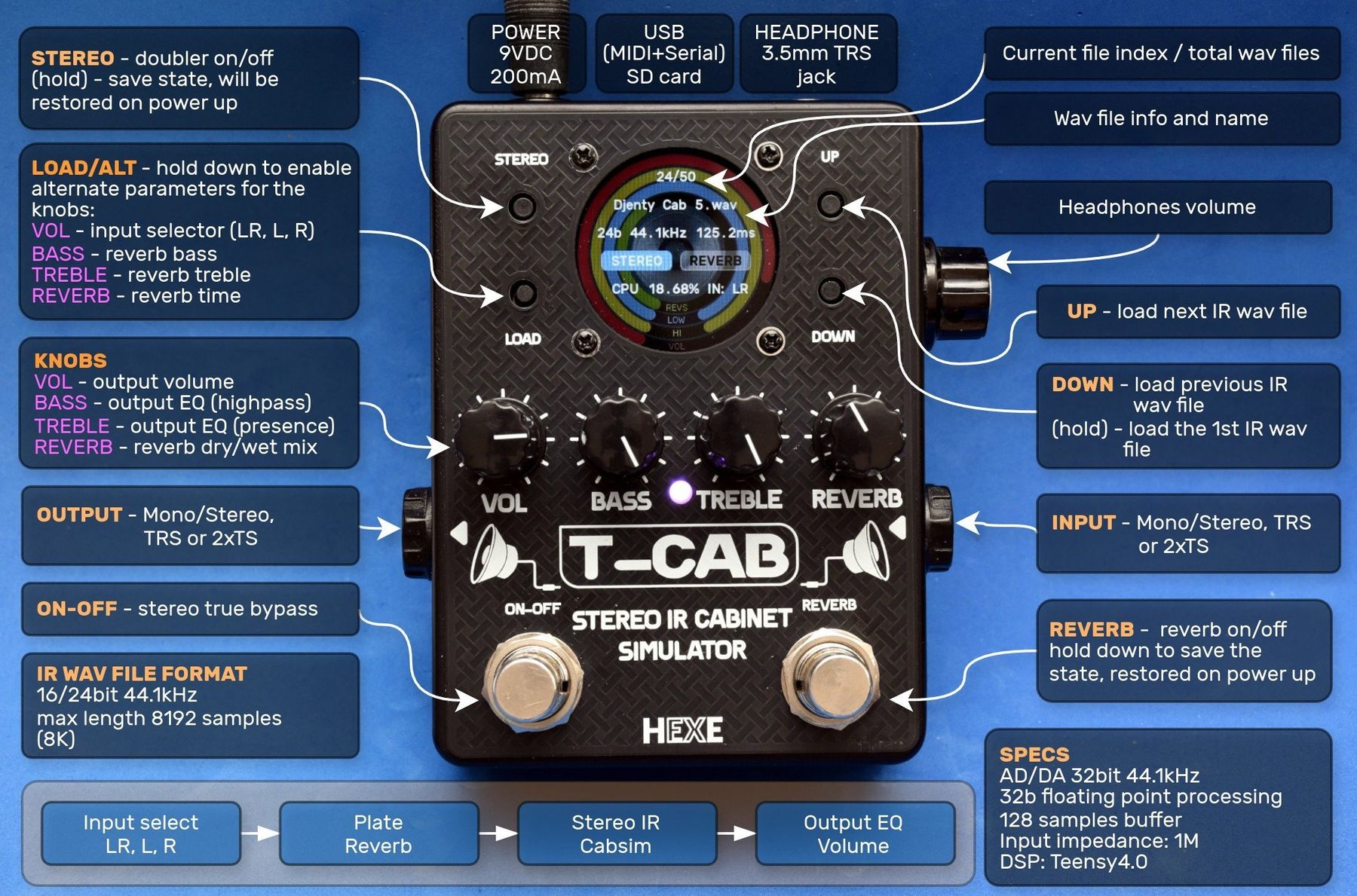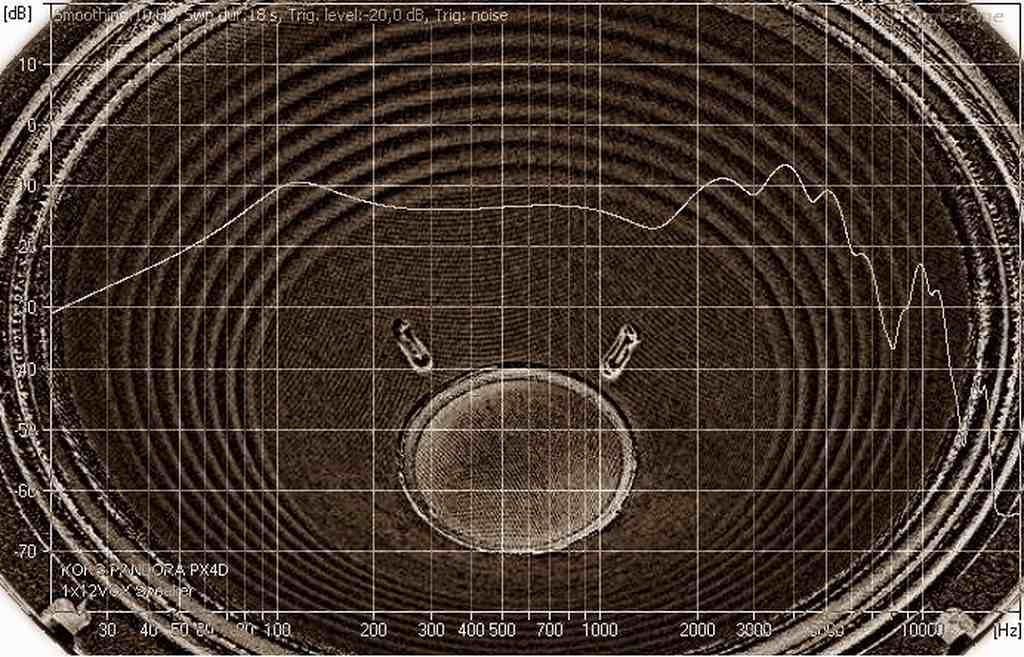
Note: information in this article is provided for historical reference. The author currently uses DSP approach in cabinet simulation, which he strongly believes to be a superior solution in comparison to analog circuitry.
Cabsims - Cabinet Simulator (or Speaker Emulator) circuits are very useful not only at home studio, during guitar recording, night practicing using headphones, but also on the stage as an additional signal output, which can be plugged directly into the mixer's input. Cabinet simulator's job is to emulate the frequency response of a guitar amplifier's speaker cabinet, which is the last and one of the most important elements of guitar sound creation (with the exception of microphone and the listener's perception of sound).
As an electronic circuit a Cabsim is a set of active or passive filters that create a desired frequency response. In its simplest form it's a typical low pass filter with roll off at about 4-5kHz, since this is the usual bandwidth limit of a guitar speaker (-3dB roll off).
Such a simple solution was implemented in TRIAMP head by H&K
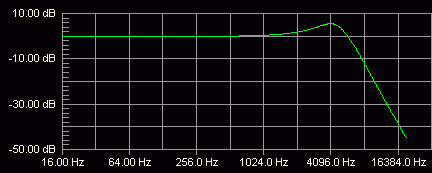
As one can see from the schematic, the cabinet simulator is composed of two low pass filters connected in series.
Similar idea (but based on LC elements) can be found in Record Out part of Triaxis preamp by MesaBoogie.
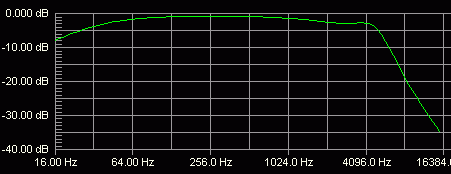
One step further; if we examine the frequency response of a guitar cabinet, we will notice another important feature - low frequency roll off starting usually at 100-200 Hz. This is achieved by using a high pass filter. Many amps contain various devices based on these two filters:
Few examples - again by H&K - are cabinet simulators available in discontinued preamp series: Cream Machine, Crunch Master, Metal Master.
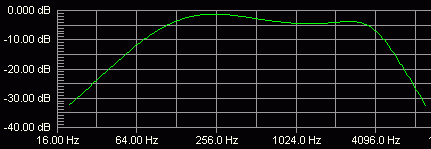
Similar cabinet simulators are utilized in Marshall JTS series amps - they have an additional frequency boost close to speaker's resonant frequency.
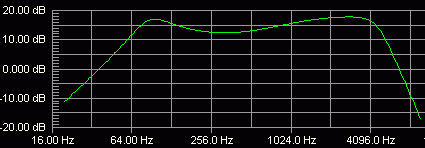
Cabsim used in JMP-1 preamp.
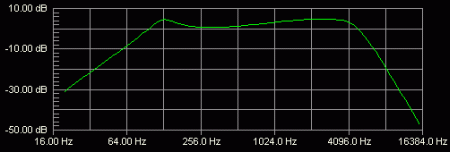
Its older brother, more complex, with a possibility of advanced sound tweaking, used in SE100 Speaker Emulation System.
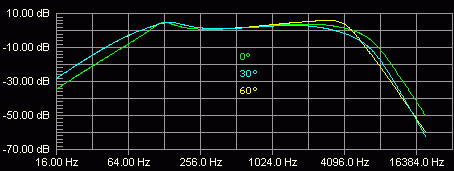
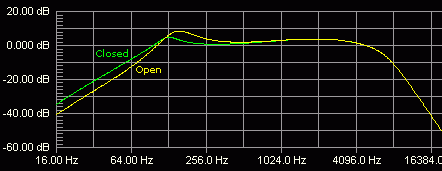
The LANEY TF-200 amp has a VIBE switch, which turns on a filter that has a frequency response shown here:
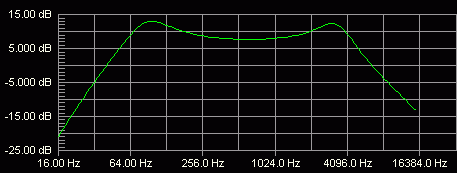
The next preamp by Mesa Boogie - V-Twin - has a simple filter, which can deliver purring blues tones. As usual for Mesa, the filter is based on inductance.
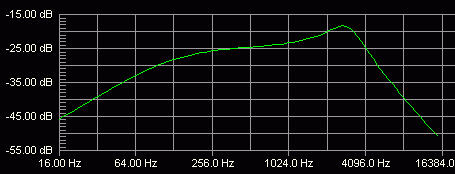
A very simple solution based on two multi-feedback filters and with an unconventional frequency response, was used in the Screamer50 amp by ENGL. Signal is collected after the output transformer.
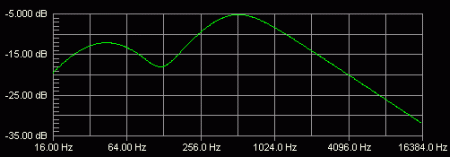
Back to H&K. There are several interesting cabinet simulators based on RLC filters. Let's take a look at two devices: Red Box and Tubeman II preamp. RedBox is a completely passive device, which can be plugged between the amp and the speaker. It can be also used with line level signals.
After extraction of a cabsim schematic out of Tubeman II we can see that both devices are almost identical. Tubeman's initial stage contains an additional second-order high-pass filter.
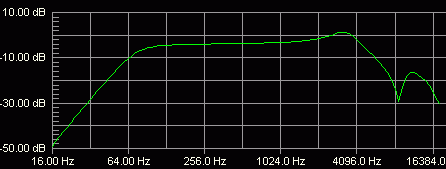
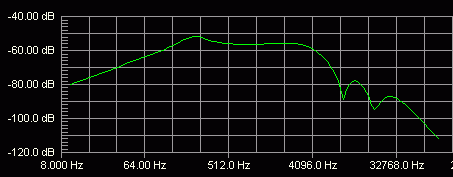
However, speaker cabinet's frequency response does not consist only of high and low frequency reduction and speaker's resonant frequency boost. In between we will find lots of "peaks" and "notches", which are results of many factors like: speaker type, speaker enclosure mechanics, or - very importantly - the cabinet surrounding. The actual frequency characteristic of a speaker-microphone arrangement is highly irregular and scattered. It is caused by surfaces surrounding the enclosure creating echoes of sound waves. There are simulators that try to implement this frequency response irregularity.
Boss TM3 cabsim is a faint attempt of such an implementation.
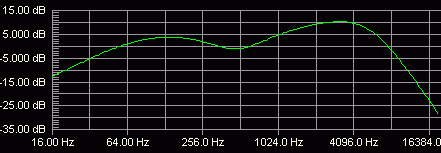
MP2 preamp by ADA has a possibility to to switch on or off additional Notch filters. The schematic available in the Internet can be hardly read, but our colleague RR managed to draw the cabsim part. His schematic and modifications suggested by him can be found below:
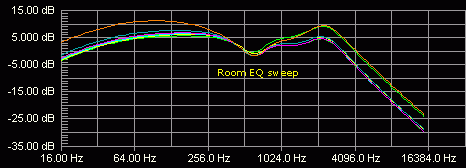
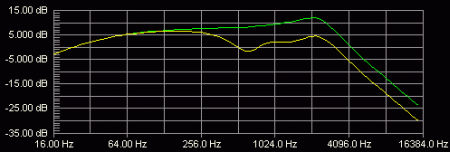
Another quite interesting circuit that provides vast modification possibilities is the Varicab module used in ADA amps. Electronically it's a set of gyrators + two additional low and high pass filters. According to the manufacturer, the circuit offers simulation of all the common guitar cabinet types: 1x12", 2x12", 2x10", 4x12".
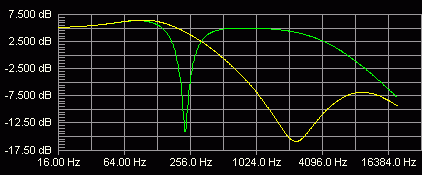
And here is a modified version for single supply, more common in guitar electronics:
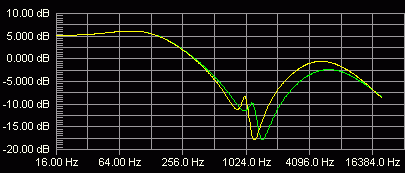
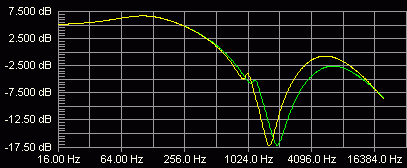
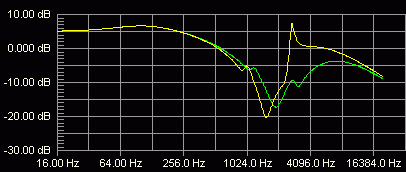
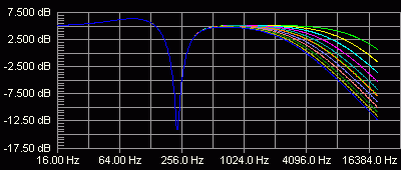
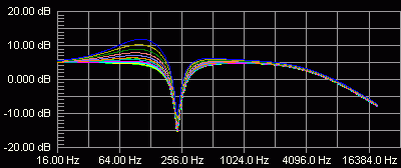
And finally two "cherries on the cake" - the most complex circuits that most accurately simulate the speaker enclosure's frequency response. These are devices designed by guys from LXH2 site, which is unfortunately gone (you can still access it via Wayback machine: LXH2) Please visit their Web site for details. The circuits simulate the sounds of two main brands: Fender and Marshall. Shown are the frequency responses of these simulators. Again, electronically the cabsims are constructed of various multi-feedback filters.
I personally tested only the "Fender" version and without changes it sounded too dark. It's no wonder, it was designed to work together with the preceding circuit that simulated the preamp. After few changes in high pass filters it sounded much better ( in my opinion :-)).
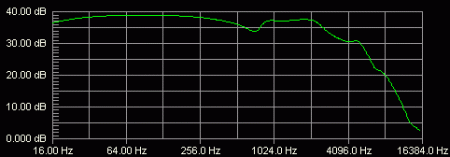
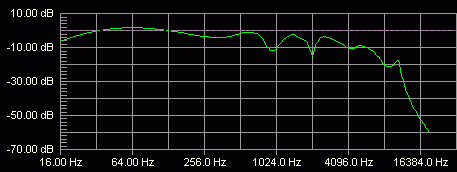
2024 Update
Digital solutions as the impulse response connvolvers seem to be a standard for realistic speaker simulation now. There is lot's of options, both as software or hardware available.
For a DIY project i recommend taking a look at one of my projects: the T-CAB, Teensy4 based stereo IR Cabsim.


